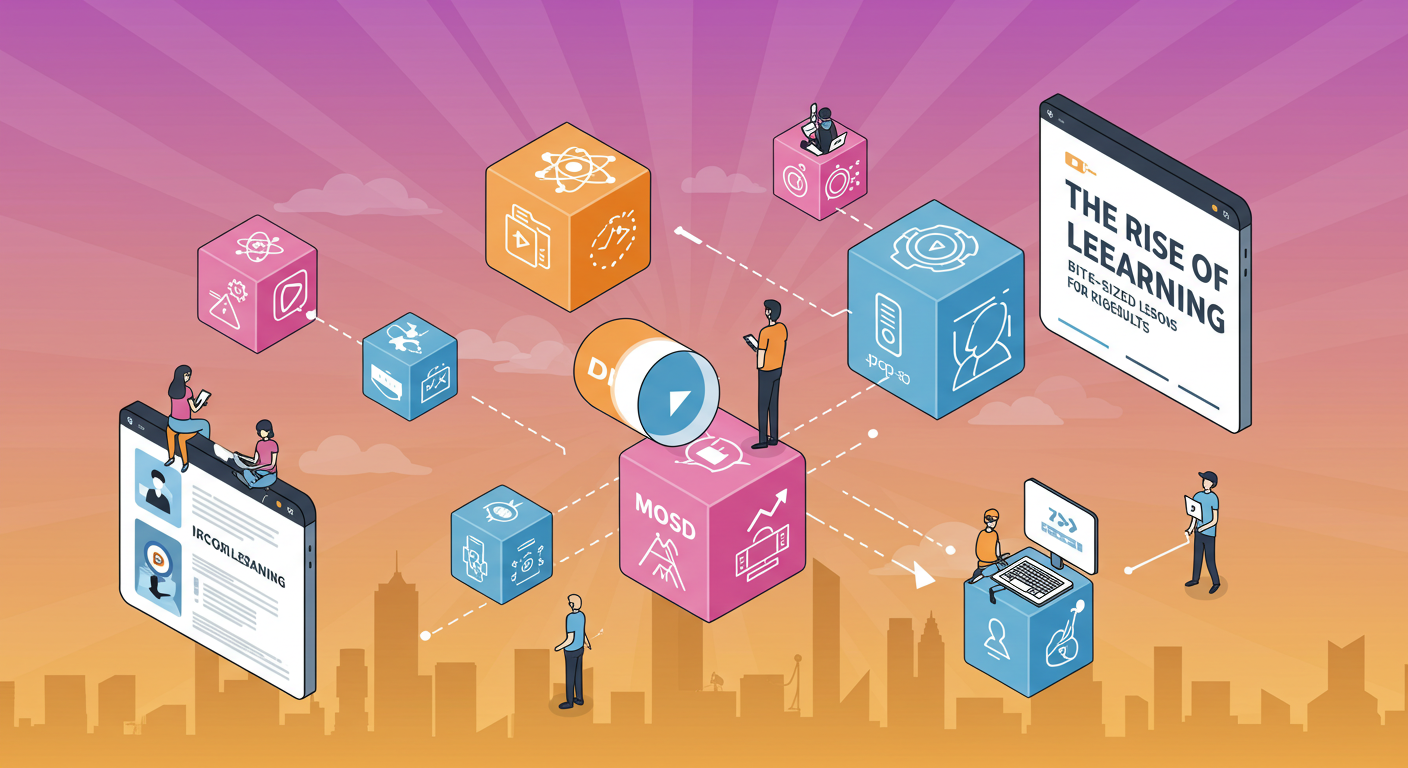In an age where attention spans are shrinking and schedules are packed tighter than ever, the way we learn is evolving. Traditional long-form learning models are gradually giving way to more agile and flexible approaches—and microlearning is leading that charge. From corporate training to school education and even personal development, bite-sized lessons are proving to deliver big results.
Microlearning refers to short, focused bursts of learning content designed to help learners absorb information quickly and efficiently. Think five-minute tutorial videos, interactive quizzes, or brief infographics. These concise modules often focus on one learning objective at a time, allowing users to grasp key concepts without being overwhelmed.
Interestingly, microlearning is becoming increasingly relevant for students juggling academics with other responsibilities. In this fast-paced world, many students also seek academic writing help online from MyAssignmentHelp where they can pay for essay assistance or other academic services. Where students can meet this demand with saving time while still focusing on mastering their subjects. The rise of microlearning complements this trend, offering an efficient way to learn on the go especially for those who opt to pay for essay services so they can concentrate on understanding topics more deeply rather than just completing assignments.
Why Microlearning Works
There’s science behind the success of microlearning. Studies show that our brains are more likely to retain information when it’s presented in small, manageable chunks. This is often referred to as “spaced learning,” which helps reduce cognitive overload and improves retention. When lessons are broken into smaller segments, learners can revisit specific topics easily and repeat them until they’re fully understood.
Microlearning also caters to different learning styles. Visual learners might benefit from infographics or videos, while auditory learners can take advantage of podcasts or voice-over slides. This personalized approach increases engagement and allows students to learn at their own pace.
Applications Across Education and Business
While microlearning initially gained traction in corporate training, it has now made its way into mainstream education. Teachers are creating TikTok-style lessons, universities are offering modular online courses, and mobile apps are delivering subject matter in short bursts. It’s even influencing the way people consume educational content on platforms like YouTube and Instagram.
In the corporate world, companies use microlearning to upskill employees without taking them away from their day-to-day tasks. A short module on time management or a quick tutorial on software updates can be more impactful than hour-long webinars. This approach keeps learning relevant and actionable.
Benefits of Microlearning
- Time Efficiency: Students and professionals alike can fit microlearning sessions into their daily routine, whether it’s during a commute, lunch break, or just before bed.
- Increased Engagement: Short, engaging lessons reduce boredom and keep the learner interested. Gamification elements like points, quizzes, and rewards further boost motivation.
- Better Retention: Since microlearning encourages spaced repetition, learners are more likely to remember and apply what they’ve learned.
- On-Demand Learning: Need to brush up on a topic before a test or meeting? Microlearning makes it easy to access just the right content exactly when it’s needed.
Microlearning and Academic Support
Microlearning is also proving to be a game-changer for students seeking academic support. Instead of sitting through long tutoring sessions, students can use microlearning platforms to focus on problem areas. It’s a strategy that supports both short-term academic success and long-term knowledge building.
Challenges to Consider
Despite its many benefits, microlearning isn’t without its limitations. It may not be suitable for deep learning or mastering complex subjects that require detailed understanding and critical thinking. Additionally, creating quality micro-content demands time and expertise to ensure it remains accurate, engaging, and effective.
Also, without a structured path, learners may end up jumping between modules without a clear sense of progression. This is why microlearning works best when integrated into a broader educational plan or used to supplement existing materials.
The Future of Microlearning
With digital adoption soaring and remote learning becoming the norm, the future of microlearning looks bright. Educational institutions and corporations alike are investing in personalized learning paths, adaptive platforms, and AI-driven content delivery—all of which enhance the microlearning experience.
In the coming years, we can expect to see even more innovative formats like AR/VR-based modules, AI tutors, and voice-interactive lessons. As learners become more autonomous, microlearning will empower them to take control of their education in a way that feels natural and rewarding.
Final Thoughts
Microlearning isn’t just a trend—it’s a reflection of how we live and learn in a digital-first world. By offering flexible, accessible, and engaging content, it’s changing the way people acquire knowledge. Whether you’re a student navigating tough academic schedules or a professional looking to grow, microlearning offers a path forward—one bite-sized lesson at a time.

